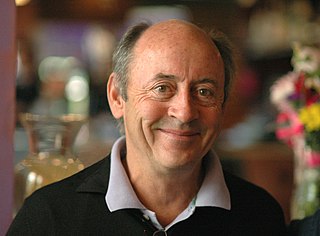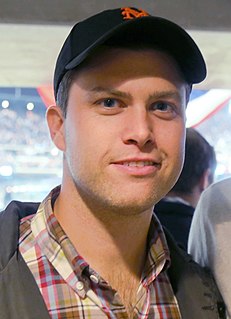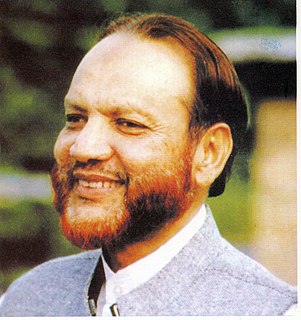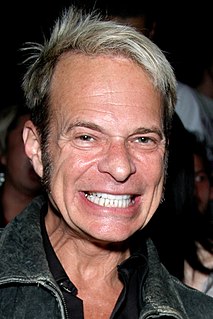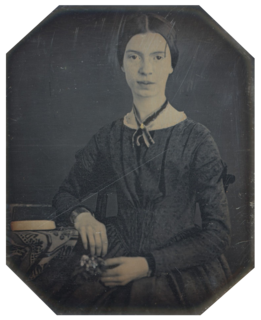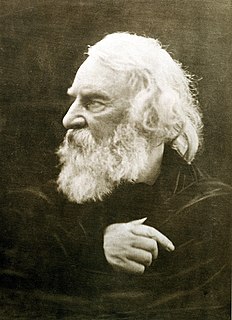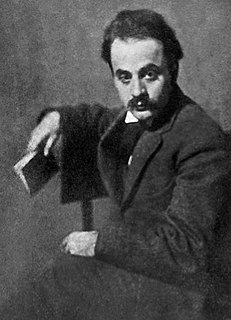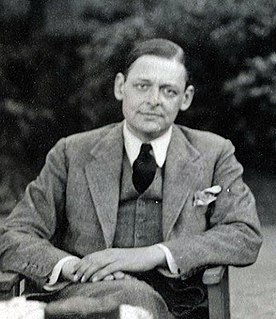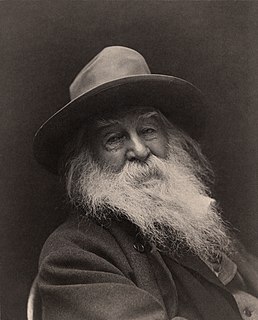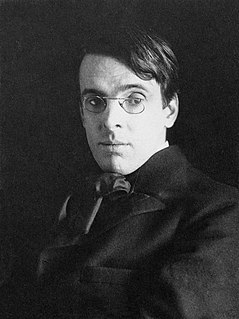A Quote by Billy Collins
Emily Dickinson seems rather tame because she pretty much uses the same meter every time. It's called 'common meter.' It's a line of four beats that's followed by a line of three beats.
Related Quotes
Even after rowing in all these pieces, it's often hard to determine who will be selected because the decisive factor in seat racing is speed not margin. Boat X beats boat Y by two lengths over 1000 meters in a time of 2:54. After exchanging "Dave" from X to Y for "Scott," Boat X beats boat Y by one length in a time of 2:51. From the rower's perspective, the result is that Dave beats Scott by a length. But in Mike's eyes, Scott beats Dave because on the second piece, X was three seconds faster-even though it only beat Y by a length.
At the beginning when you're writing and building the beats of the story, everything that you put in there seems very essential to the story. However, when you have the movie finally edited and it's 4 four hours long, you realise that some of the events and some of the beats can be easily lifted but the essence of the story remains intact.
Of course building a kitchen makes all the symmetric sense in the world because everybody's burning calories at 120 beats a minute. You could even register it on a graph at the DJ booth. "How fast are they burning calories, sir?" "126 a minute." "Are you sure?" "Oh, I'm very sure." You can meter that out.
